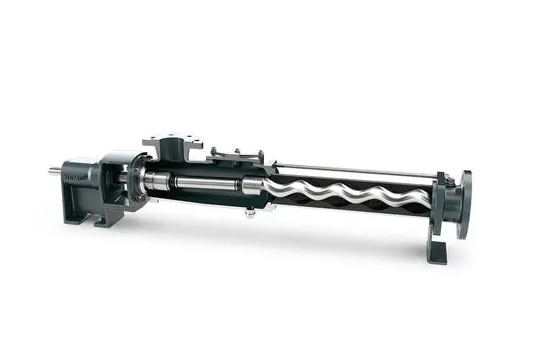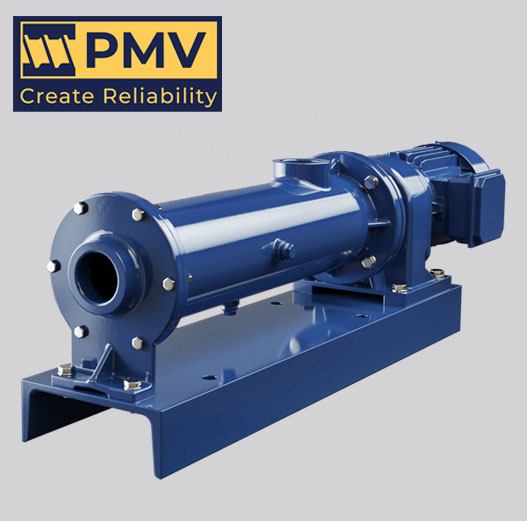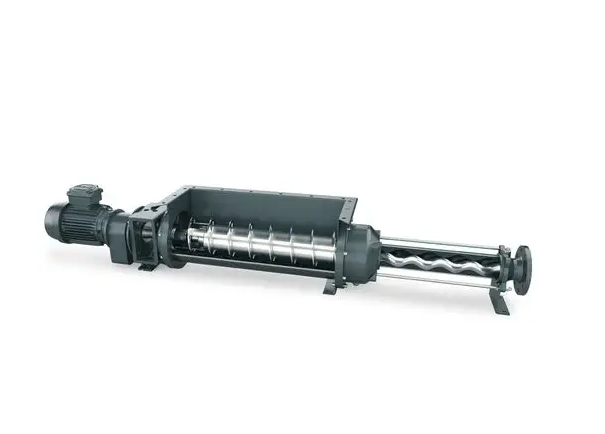allweiler progressive cavity pump
How do progressive cavity pumps work?
Progressive cavity (PC) pumps are typical in heavy-duty industries. A kind of positive displacement pump, they are capable of handling sludge and slurries with a high viscosity, ensuring a low shear handling as well as accurate and repeatable flow rates with no pulsation.

Understanding the technology
Progressive cavity pumps are typical in heavy-duty industries. A kind of positive displacement pump, they are capable of handling sludge and slurries with a high viscosity, ensuring a low shear handling as well as accurate and repeatable flow rates with no pulsation. Their application in industrial settings is diverse and includes metering duties due to their accuracy and low pulsation, but the pumps are primarily adopted for transfer and handling duties for viscous materials and liquids with solids in suspension. Their ability to handle shear sensitive products means they are also well suited for applications across the pharmaceutical, food and beverage industries.
Where PC pumps excel in certain areas, their benefits are limited to specific applications, especially when compared to other positive displacement pump types. Here, we explore some of the benefits of progressive cavity pumps, as well as their limitations.
How do they work?
Pumping performance is achieved through positive displacement. A screw-shaped rotor is placed within a stationary stator, to form a number of cavities containing fluid. These cavities are progressed forward through the pump by the rotating action of the rotor, creating a continuous flow.
As such, the pumps are constructed from a large number of consumable parts—a rotor, a stator, a coupling, a drive shaft, and a mechanical seal.
Limitations are the large footprint of the design and the significant downtime required for maintenance due to the large number of moving parts over other pump types.
Why choose peristaltic technology over PC pumps?
Progressive cavity (PC) pumps cannot run dry, so users must avoid delays in the fluid reaching the rotor/ stator, or manually prime the pump before use.
By comparison, WMFTS peristaltic hose and tube pumps can run dry without damage and are self-priming.
Additionally, PC pumps rapidly suffer component wear if the pumped fluid contains abrasive particles or solids in suspension. Rotor and stator replacement is a skilled task requiring long downtime and expensive spare parts.
Fluid in a WMFTS peristaltic pump passes through an abrasive-resistant tube or hose. There are no other components in the fluid path. When needed, changing a hose or tube can be done in minutes, without special tools or skilled labor and with the pump remaining in situ.









